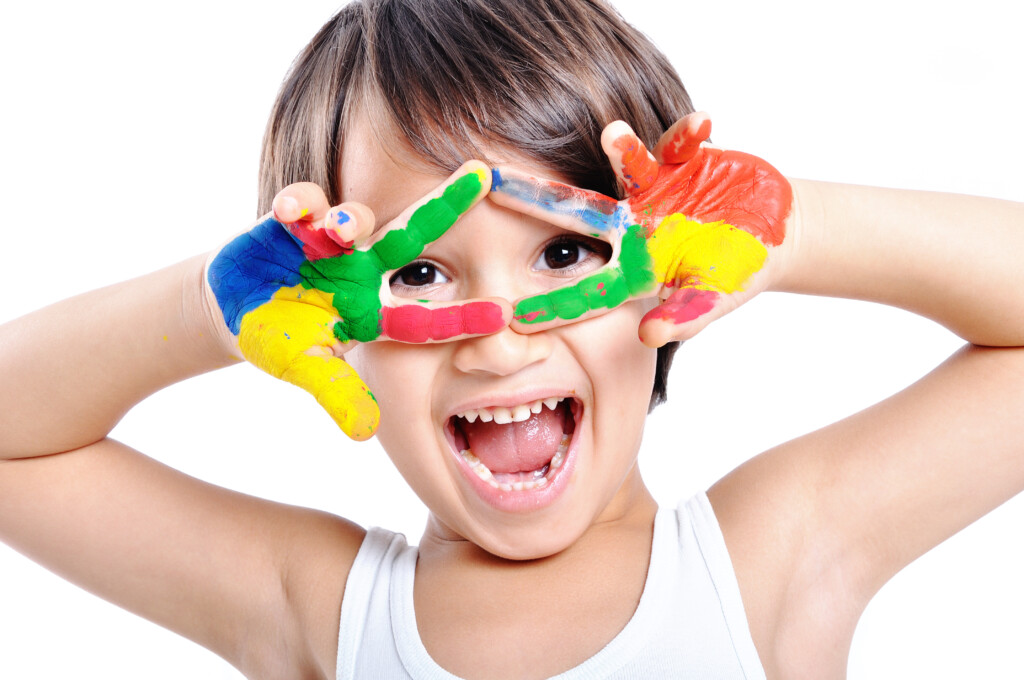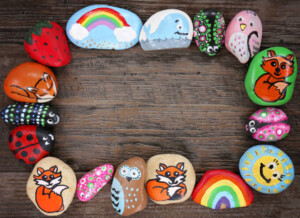Art and Language – 2 Essentials For Learning

Language and art skills are essential for child development.
They promote effective communication, enhance cognitive abilities, foster creativity and imagination, and empower self-expression.
Discover the importance of these skills in shaping a child’s educational journey and future success!
Language and Art play a vital role in the cognitive development of children, particularly in the
following areas;
Communication and Expression:
Language arts skills encompass reading, writing, speaking, and listening. Proficiency in these areas enables children to effectively express themselves, articulate their thoughts, and
communicate with others.
Strong communication skills enhance their ability to convey ideas, ask questions, and engage in meaningful conversations, facilitating positive interactions with peers, teachers, and friends!
Literacy and Academic Achievement:
Language skills form the foundation of literacy, which is fundamental to academic achievement. Reading comprehension, vocabulary, and writing skills are essential across all subjects.
A child’s ability to comprehend texts, extract information, and convey their understanding through writing is crucial for academic success in various disciplines.
Disciplines including science, social studies, mathematics and language.
Cognitive Development:
Language and art also contribute significantly to cognitive development. Reading enhances
concentration, memory retention, and analytical thinking.
While writing fosters logical reasoning, organization, and problem-solving abilities.
Through these activities, children develop their cognitive processes, expand their knowledge base, and gain critical thinking skills that are applicable to various aspects of their lives.
Creativity and Imagination:
Language and the arts nurture creativity and imagination. Through reading, children are exposed to diverse worlds, cultures, and perspectives, expanding their horizons and fostering
empathy.
Writing then allows them to explore their imagination, by producing stories, and express their creativity.
Creative activities activate the left brain and thereby encourage children to think outside the box, develop their own unique voices, and create original works of literature, poetry, or art.
Finally, mastered language skills empower children to express themselves confidently and authentically.
They learn to effectively convey their emotions, experiences, and ideas, contributing to their self-esteem and sense of identity.
The ability to express oneself through words promotes self-awareness, emotional intelligence, and empathy towards others.
All in all, by investing in language and an education surrounding creation, will provide your children with a strong framework for lifelong learning and equip them with essential skills and creativity necessary to navigate the complexities of our current and future world!
In conclusion, the role of painting or crafting in childhood development cannot be overstated. It serves as a powerful catalyst for cognitive growth, nurturing a range of essential skills that pave the way for a bright future.
Creativity, the cornerstone of creating , encourages children to think outside the box, fostering innovation and imagination. As they experiment with colors, shapes, and materials, they develop problem-solving abilities that transcend the art studio, equipping them with tools to tackle real-life challenges.
Moreover, creativity is a platform for self-expression, enabling children to convey their thoughts, emotions, and experiences in a visual language. This not only aids in communication but also enhances emotional intelligence and empathy, vital skills in the complex social landscape of the modern world.
In essence, being creative cultivates critical thinking by encouraging children to analyze and interpret the world around them, whether through creating their own art or interpreting the works of others. These cognitive skills are not only valuable in academia but also in life.
They shaping well-rounded individuals capable of adapting to an ever-changing and diverse global society.
Thus, when designing programs for kids that are based in ART remember that the impact on cognitive development is profound, offering young minds a rich palette of possibilities as they paint their path to a brighter and more imaginative future.

Did you enjoy this type of content? Visit Langmobile’s Blog for more!

